Content from the Brookings Institution India Center is now archived. After seven years of an impactful partnership, as of September 11, 2020, Brookings India is now the Centre for Social and Economic Progress, an independent public policy institution based in India.
This column first appeared in The Hindu, on July 28, 2015. Like other products of the Brookings Institution India Center, this is intended to contribute to discussion and stimulate debate on important issues. The views are those of the author.
 As all political parties pull up their socks before the Bihar elections, they must recognise the power of 46.6 — the fraction of women electors who will go to the polls this autumn to determine the fate of the parties. Women in Bihar have been agents of change in previous elections and have brought in significant political and policy changes in the State. Bihar is the fourth largest State in India in terms of the total number of electors (55 million). It contains 8 per cent of the total number of electors in the country.
As all political parties pull up their socks before the Bihar elections, they must recognise the power of 46.6 — the fraction of women electors who will go to the polls this autumn to determine the fate of the parties. Women in Bihar have been agents of change in previous elections and have brought in significant political and policy changes in the State. Bihar is the fourth largest State in India in terms of the total number of electors (55 million). It contains 8 per cent of the total number of electors in the country.
We analysed Election Commission data to see if re-election prospects of politicians are affected differently by male and female voters. This is not very easy to do because governments, during their tenure, enact many policies which affect men and women differently, making it difficult to establish a clear link between the gender of voters and election outcomes.
Bihar, however, extends a unique opportunity. In the Assembly elections of February 2005, no political party emerged as a winner to form government. As a result, President’s rule was declared in the State, the Assembly was dissolved, and re-elections were held in all the constituencies, eight months later in October. The re-election provided us a chance to study the impact of change in women voters (compared to men voters) on the re-election prospects of political parties. We compared electoral outcomes for all the 243 Assembly constituencies in Bihar for both the elections held within a short span of time when no new State government policies were enacted.
Change in outcome
The results strikingly reveal that the winning party changed in 87 of the 243 constituencies, which is 36 per cent of all Assembly constituencies in Bihar. In these, it was not the winning party of the February election that was re-elected in October, but a new one. As a result of this massive change, one particular party emerged as a clear winner and a new government was formed: the JD(U) government under Nitish Kumar. Our analysis shows that this change in election outcome was fundamentally brought about by the women voters.
We start by making two important observations. First, from February to October, the female poll percentage increased from 42.5 to 44.5 while that of male voters declined from 50 per cent to 47 per cent. Second, the average growth rate in the number of female voters was almost three times more in the constituencies where there was a change in the winning party in comparison to those constituencies where the same political parties were re-elected. In sharp contrast, there was no change in the average growth rate of male voters across the two types of constituencies. We analysed the distribution of the growth rates in numbers of female and male voters between the two elections, and compared the constituencies where the same party was re-elected with the constituencies where political parties were not re-elected and a new winner was declared. We found that the distribution of the growth rate of female voters in these two types of constituencies is very different while the distribution of male voters is similar. The observations put together imply that not only did more women cast their votes in the re-election, but they caused the change in outcomes in these elections on average.
Next, we tested the re-election prospects at the constituency level more rigorously. We studied the effect of the growth rate in female and male voters on the probability of re-election for a political party in each Bihar assembly constituency. In our analysis, we accounted for the fact that there will be district-level variations (there are 38 districts). On an average, each district has six to seven Assembly constituencies. Our results strongly indicate that growth rates in female voters had a negative effect on the probability of re-election of a political party, while the rise in the number of male voters had a positive effect on the probability of re-election. So while Bihari women came out in large numbers and voted for political change in the State, the men were satisfied with status quo and voted to retain it in the 2005 elections. This is the reason why we conclude that women were largely the agents of change in 2005 by lending support to Mr. Kumar’s JD(U), while overwhelmingly voting against Lalu Prasad’s Rashtriya Janata Dal.
These results from Bihar confirm the fact that men and women can vote very differently. For traditional patriarchal societies, this is a remarkable political evolution when women can break away from the established mores of society and vote independently from their husbands and fathers. There is vast literature in politics which establishes the necessity of universal suffrage for a healthy representative democracy, and yet, while advocating universal suffrage, James Mill had argued that in order to keep the expenses of a representative system down, women need not have separate voting rights because their interests were included within those of their husbands and fathers. Bihari women have shown that the interests of half the society are not merely significant, but also distinct from the interests of the other half. This is reflected in their voting behaviour. Recent political announcements from Mr. Kumar on liquor prohibition in the State suggest that he acknowledges the support of the ‘vote bank’ that got him into power. And he is readying himself to appease them for an encore. But the worthy question that remains unanswered is what do Bihari women voters want and does Prime Minister Narendra Modi have a clue?
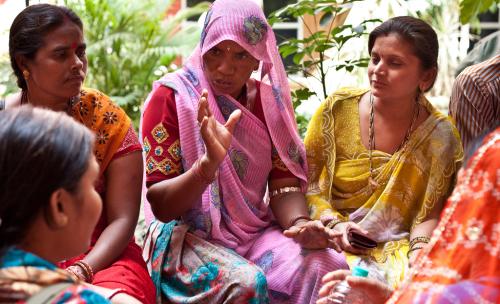
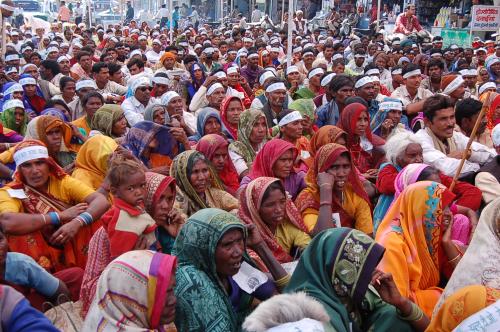
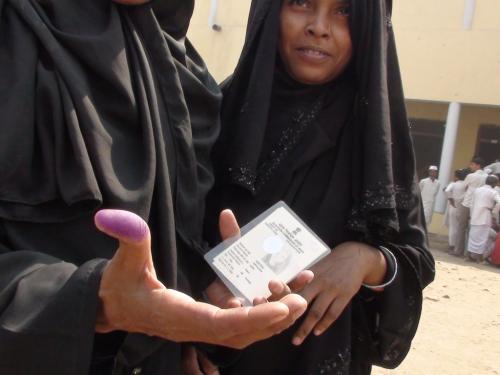
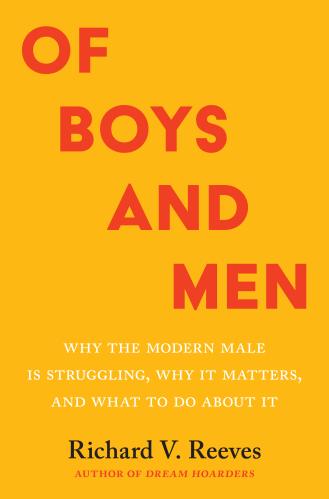
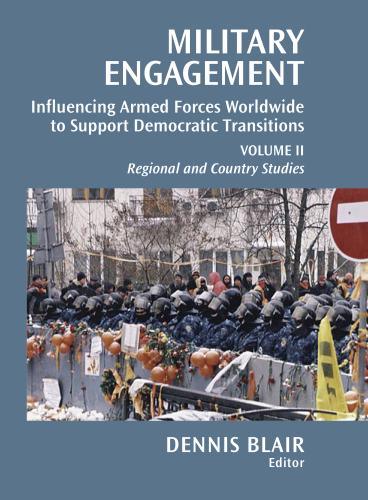




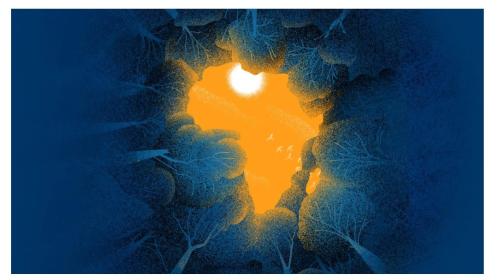
Commentary
Op-edWomen voters can tip the scales in Bihar
The Hindu
July 29, 2015